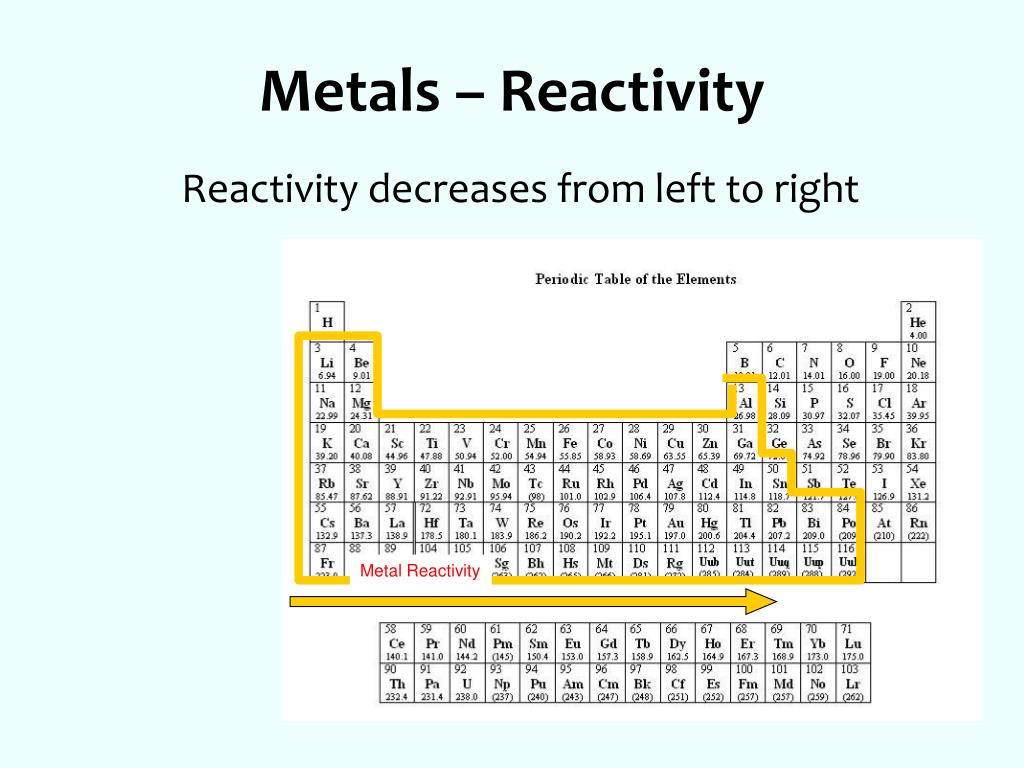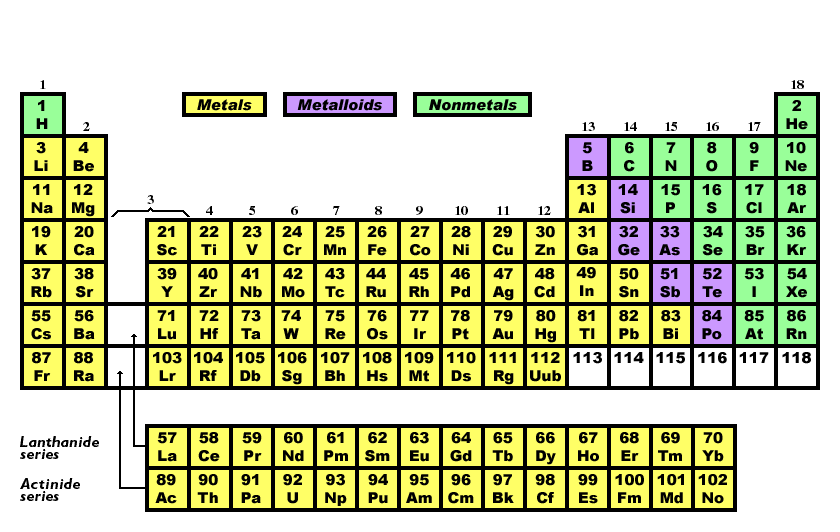

Both dioxides and trioxides are acidic in nature. The reducing property of these hydrides increments from H 2S to H 2Te.Įvery one of the elements of group 16 reacts with oxygen to shape dioxides and trioxides. Except for water, the different hydrides go about as reducing agents. The development in acidic character is a result of the decrease in the H-E bond separation enthalpy from H 2O to H 2Te. Q: Write a note on the acidic character of hydrides of Group 16 elements.Īns: There is an expansion in acidic nature of hydrides from H 2O to H 2Te. Learn more about the s Block elements here. Water has an anomalously high boiling point since its particles are bonded with each other by the hydrogen bonds in both its liquid as well as solid states.

The boiling point of these hydrides extraordinarily diminishes from water to hydrogen sulfide, and after that increases. Water is an odourless and colourless liquid but the hydrides of the various elements of this group are poisonous gases which are colourless with disagreeable smells. The Physical States of Hydrides of Group 16 Elements The group sixteen elements react with hydrogen to form hydrides of the sort H 2E, where E could be any element- oxygen, sulfur, selenium, tellurium or polonium. The regular oxidation states showed by the elements of group 16 incorporate -2, +2, +4 and + 6. Thus, these elements indicate both negative and positive oxidation states.

The huge distinction between the melting and boiling points of oxygen and sulfur might be clarified on the premise that oxygen exists as a diatomic atom while sulfur exists as a polyatomic particle. The Melting and Boiling Points: As the atomic size increases from oxygen to tellurium, the melting and boiling points also increase.Selenium and Tellurium are found in both amorphous and crystalline forms. Sulphur exists as many allotropic forms but only two of them are stable, which are: Rhombic Sulphur and Monoclinic Sulphur. Oxygen has two allotropes: Oxygen and Ozone. Allotropy: Each one of the element of group 16 displays allotropy.Nature of the Group 16 Elements: Oxygen and Sulfur are non-metals, Selenium and Tellurium are metalloids and Polonium is a metal under typical conditions.Therefore, it decreases as we move from oxygen to polonium due to increase in nuclear size.Learn about Electronegativity here in detail. Electronegativity: The electronegativity decreases as we move down the group.This is on the grounds that Oxygen, because of its compressed nature encounter more repulsion between the electrons effectively present and the approaching electron. Electron Gain Enthalpy: The electron gain enthalpy decreases with increase in the size of the central atom moving down the group. Oxygen molecule has a less negative electron gain enthalpy than sulfur.

Therefore, it decreases as we move from Oxygen to Polonium since the size of the atom increases as we move down. Ionization Enthalpy: Ionization enthalpy decreases with increase in the size of the central atom.Atomic and Ionic Radii: The atomic and ionic radius increases as we move from Oxygen to Polonium.Group 16 elements have 6 electrons in their valence shell and their general electronic configuration is ns 2np 4.Ītomic and Physical Properties and the Trends of Group 16 elements Electronic Configuration of Group 16 Elements Sulfur in its combined state is found in ores. Sulfur is the sixteenth most inexhaustible element. The vast majority of the oxygen in the air is delivered by photosynthesis in plants. It shapes 20.946% of air by volume and 46.6% of the world’s mass generally as silicates and different compounds like carbonates, oxides, and sulfates. Oxygen is the most plenteous element that is accessible in nature. This is because an extensive number of metal ores are found in the earth’s crust as sulfides or oxides. The initial four elements of the group are together termed as chalcogens or ore-forming elements. The elements oxygen, sulfur, selenium, tellurium and polonium comprise the 16th vertical column or VI A group elements in the currently used long type of periodic table.


 0 kommentar(er)
0 kommentar(er)
